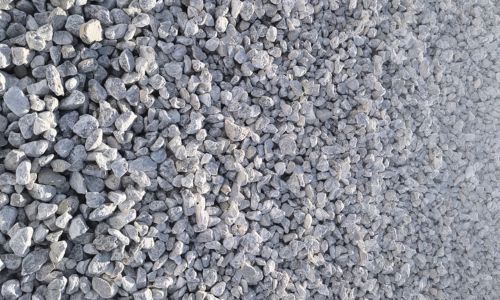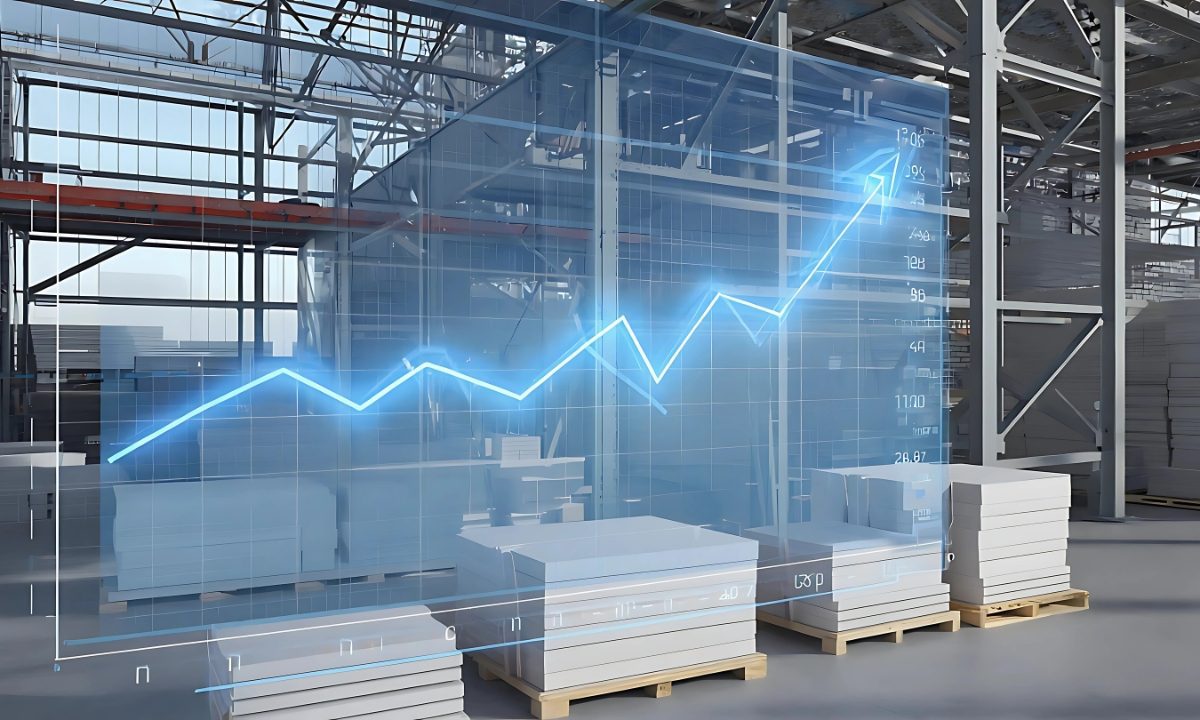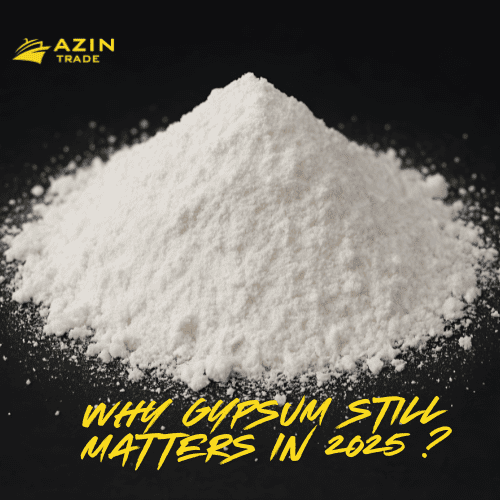Gypsum Price It’s No Gypsum Pricet Just About the Weight!
The Ultimate Guide to Understanding, Analyzing, and Smart Buying of Gypsum in 2025
When it comes to buying construction materials, the first thing that comes to many people’s minds is price. Among all the materials used daily for building, renovation, or even art, gypsum holds a key position. But should gypsum prices really be judged solely based on weight?
Let’s be honest: if you’re one of those people whose first question when buying gypsum is “How much per kilo?”, then this article is exactly for you.
In this guide, we’ll take a comprehensive yet easy-to-understand and professional look at:
-
What factors influence gypsum prices?
-
Why weight isn’t the only thing that matters
-
What units are used to measure gypsum prices?
-
How to smartly choose the right gypsum for your project
Gypsum: A Simple Material or a Key Player in the Industry?
Building gypsum is a natural mineral material derived from the gypsum mineral (CaSO₄·2H₂O). After extraction, it is heated to become a hemihydrate form, which rapidly hardens after mixing with water.
But gypsum’s role goes beyond simple wall finishing. Its wide range of applications across various sectors makes it even more significant:
| Sector | Gypsum Application |
|---|---|
| Construction | Whitewashing, molding, sound insulation |
| Medical | Orthopedic and dental molds |
| Arts & Crafts | Sculpting, handicraft mold making |
| Ceramics & Casting | Ceramic mold casting, metal modeling |
Top Factors Influencing Gypsum Prices
Gypsum Price: It’s Not Just About the Weight!
1. Purity and Quality of Raw Material
The calcium sulfate purity level in gypsum stone is the main factor determining quality. Stones with fewer impurities produce whiter, softer gypsum with better setting performance.
🔍 Note: Gypsum from Semnan, Saveh, and Bavanat (Fars Province) are among the highest quality in Iran.
2. Formulation Type and Additives
Basic gypsum is just ground gypsum stone. But polymeric or slow-setting gypsum contains additives like perlite, starch, or polymer resins — improving performance but increasing price.
3. Packaging Type (Bulk, Bagged, Palletized)
| Packaging Type | Advantages | Disadvantages |
|---|---|---|
| Bulk | Cheaper | Requires unloading equipment |
| Bagged | Easy to transport | Slightly higher cost |
| Palletized | Suitable for export, mass transport | Additional pallet/banding cost |
4. Shipping Costs & Geographic Location
How far is it being transported? Freight can account for up to 30% of the final cost. Being near gypsum mines or factories significantly reduces total price.
5. Seasonal Demand & Market Fluctuations
During construction seasons (spring & summer), demand rises and so do prices. In colder months, gypsum can often be bought more cheaply.
6. Economic Conditions, Exchange Rates, and Exports
Rising dollar = higher production costs + increased export incentive = higher domestic prices.
According to customs data, Iran exported over 1.2 million tons of gypsum last year — absorbing a significant portion of production capacity and increasing internal market pressure.
7. Taxes, Duties & Miscellaneous Costs
From mine royalties to VAT and even truck exit fees at the province of origin — all these invisible costs contribute to the final price of gypsum.
Measurement Units for Gypsum Pricing: Kilogram, Ton, or Pound?
Understanding these units helps you compare prices more precisely:
| Unit | Equivalent | Common Usage |
|---|---|---|
| Kilogram (kg) | Base retail unit | Building material shops |
| Ton (metric ton) | 1,000 kilograms | Bulk purchase, large projects |
| Pound (lb) | ≈ 453 grams | Export & international trade |
💡 Example:
If the price per kilo is 3,000 Toman, one ton equals 3,000,000 Toman. Depending on order volume, discounts may bring it down to 2.5 million Toman per ton.
Types of Gypsum and Their Impact on Price
| Type of Gypsum | Features | Relative Price |
|---|---|---|
| Standard Construction Gypsum | Cheap, no additives | 💰 Low |
| White Gypsum | High whiteness | 💰💰 Medium |
| Slow-Setting (Polymer) Gypsum | Controlled setting, additives | 💰💰💰 High |
| Molding Gypsum | High accuracy, artistic use | 💰💰 Medium-High |
How to Choose the Right Gypsum for Your Project
✅ If you have a small project:
Choose 25 or 40 kg bagged gypsum.
Trusted brands like “Semnan” or “Matin” are reliable options.
✅ If you’re managing a large construction project:
Sign a direct contract with the factory.
Buying in bulk or by the ton can save 15–20%.
Palletized gypsum ensures quick transport and reduced waste.
✅ If you plan to export:
Use export packaging with English labels and international standards.
Consider exchange rates and sea/land freight costs.
Wholesale traders near borders are often experienced in this area.
Gypsum Price Trend from 2019 to 2025 (Analytical Forecast)
| Year | Avg. Price per Kilo (Toman) | Reason for Increase |
|---|---|---|
| 2019 | 1,000 | Low prices, high supply |
| 2020 | 1,800 | COVID and supply chain slowdowns |
| 2021 | 2,800 | Fuel price hikes |
| 2022 | 3,500 | Currency exchange rate surge |
| 2023 | 4,200 | Export boom |
| 2024 | 5,200 | Inflation + new taxes |
| 2025 (forecast) | 6,000+ | Ongoing cost growth |

Common Mistakes When Buying Gypsum (Avoid These!)
❌ Buying based on price only, not quality
❌ Choosing gypsum with an inappropriate setting time
❌ Ignoring shipping costs in your calculations
❌ Buying from unreliable suppliers
❌ Neglecting manufacturing date and storage conditions
Conclusion: Don’t Judge Gypsum Price by the Kilo Alone!
The price of gypsum is more than just a number on a bag or invoice. A smart purchase involves considering:
-
Project type
-
Quality and packaging
-
Season and market conditions
-
Source location
-
Economic factors
-
Correct unit of measurement
So if you want to make an informed and cost-effective gypsum purchase:
✅ Buy from trusted brands
✅ Pay attention to market timing
✅ Compare prices using the correct units
✅ Don’t trade quality for low cost
✅ Get real discounts when buying in bulk




